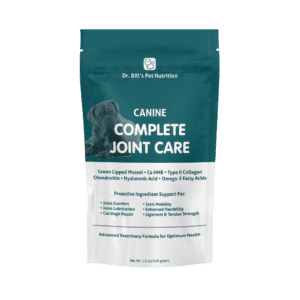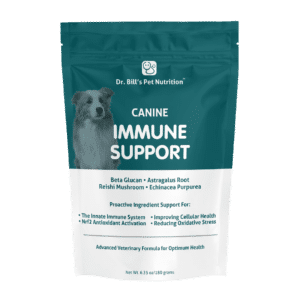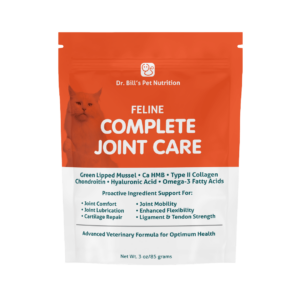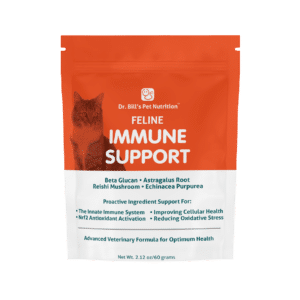
Turmeric
Curcuminoids are the polyphenolic yellow-orange pigments that are contained in turmeric. Curcumin has been shown to have antioxidant, anti-inflammatory, antiviral, anti-carcinogenic and hypocholesterolemic activities.
Turmeric’s antioxidant activities include the ability to scavenge the reactive oxygen species (superoxide anions and hydrogen peroxide) thereby inhibiting lipid peroxidation and the oxidation of low-density lipoproteins (LDL). Turmeric has been shown to be a powerful activator of the Nrf2 pathway in animals.
The anti-inflammatory action of curcumin is due to its ability to inhibit the inflammatory cyclooxygenase-2 (COX-2) and lipoxygenase (LOX) enzymes. It accomplishes this by neutralizing reactive oxygen species (ROS), inhibiting AP-1 and NF-Kappa B, and affectively inhibiting the activation of pro-inflammatory cytokines.
In numerous studies, curcumin’s anti-inflammatory effects have been shown to be comparable to the potent drugs hydrocortisone and phenylbutazone as well as over-the-counter anti-inflammatory agents such as Motrin. Unlike the drugs, which are associated with significant toxic side effects (ulcer formation, decreased white blood cell count, intestinal bleeding etc.), curcumin produces no toxicity.
In a recent rat study conducted to evaluate the effects of turmeric on the liver’s ability to detoxify harmful chemicals, the levels of two very important liver detoxification enzymes UDP glucuronyl transferase and glutathione-S-transferase (GST) were shown to be significantly elevated. When the rats were given curcumin for 14 days their liver production of GST increased by 16%, and a marker that indicates the occurrence of free radical damage decreased by 36% when compared with controls.
NEW
Subscribe & Save
Save 10% On Auto Deliveries
Shop Now


